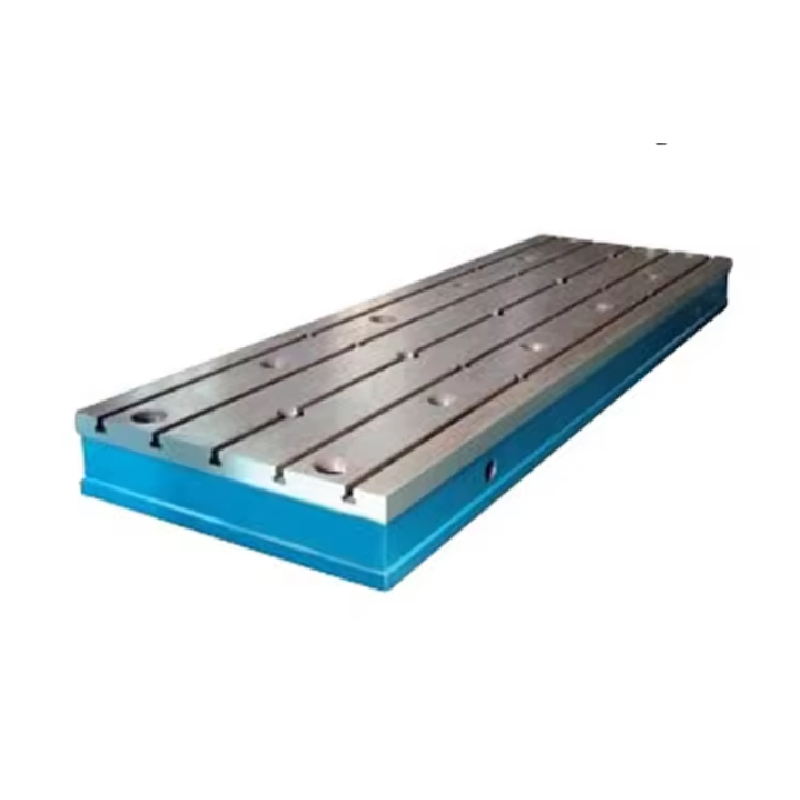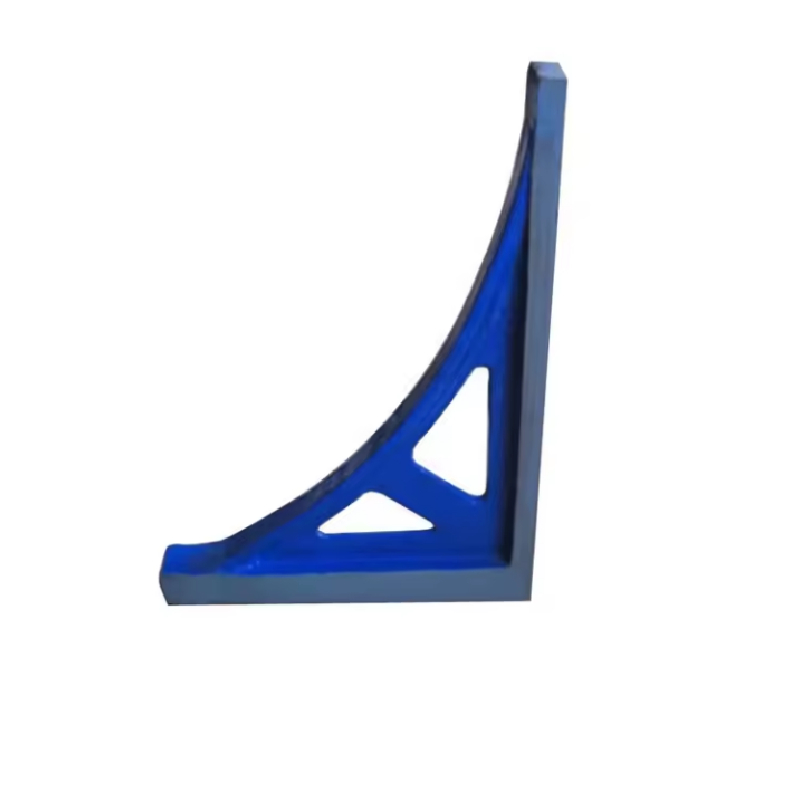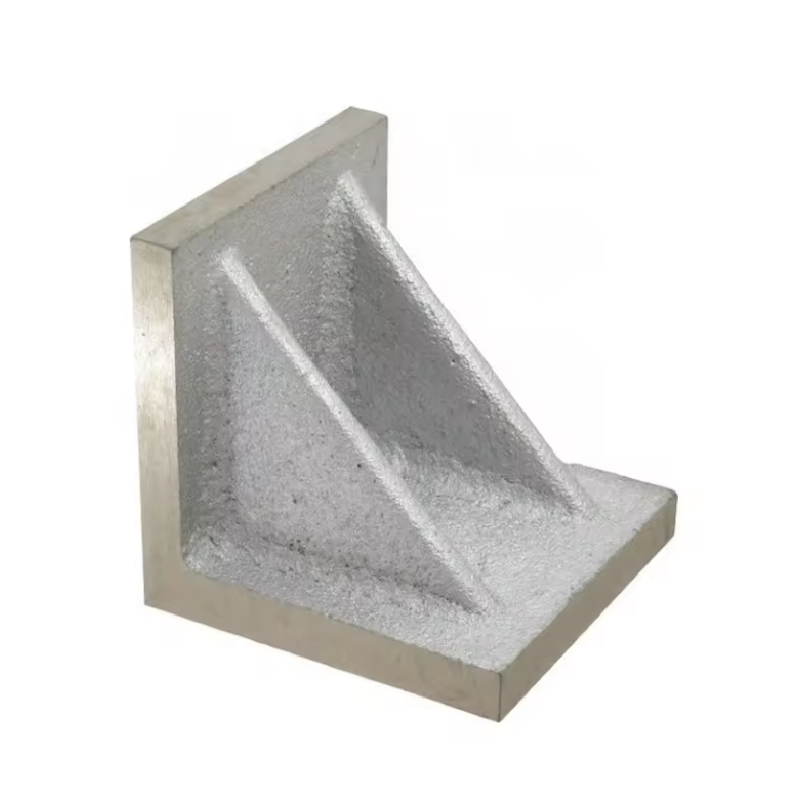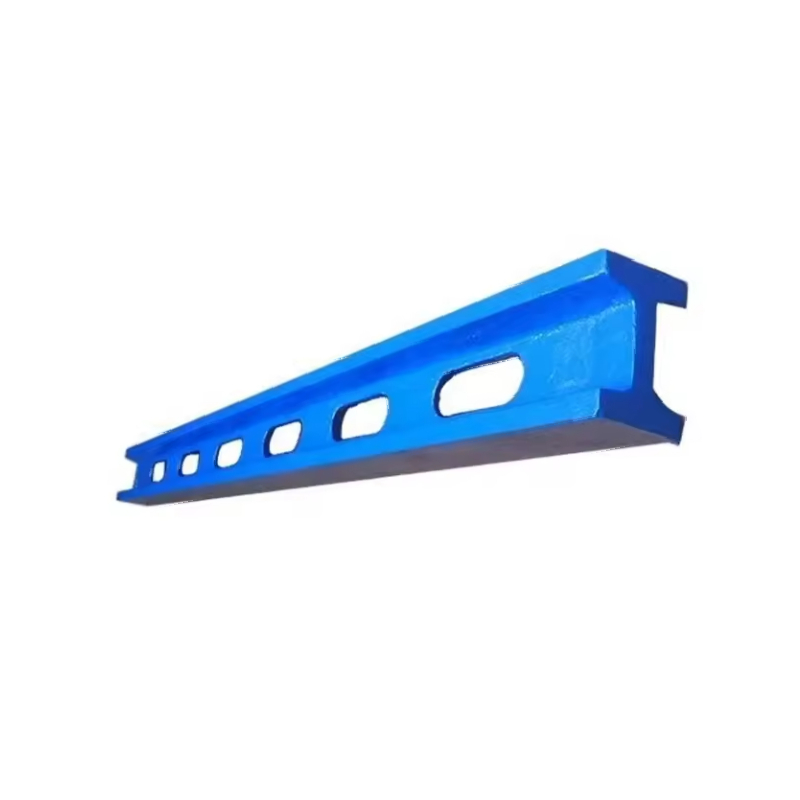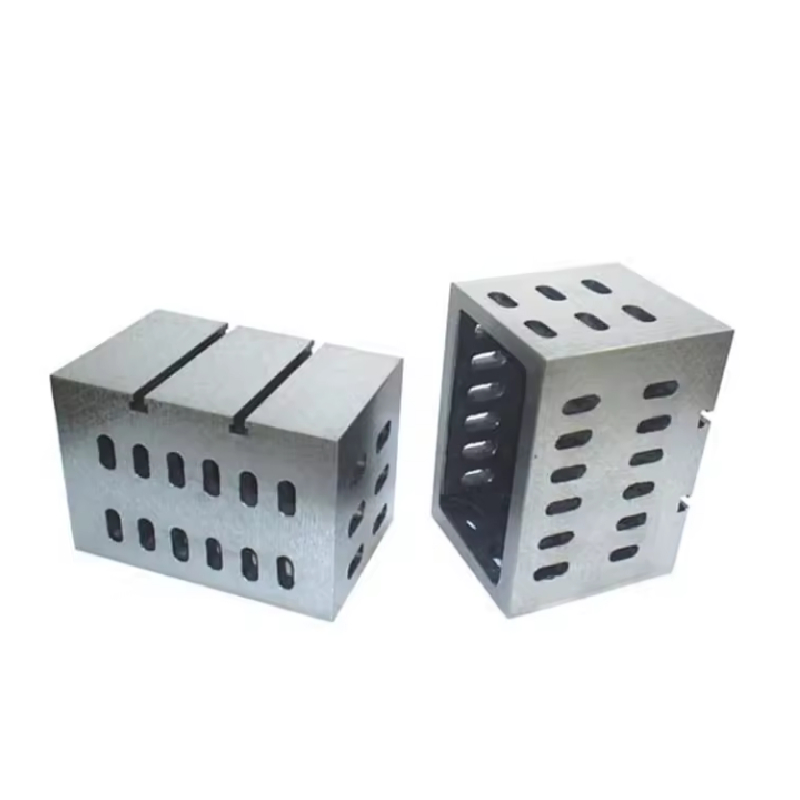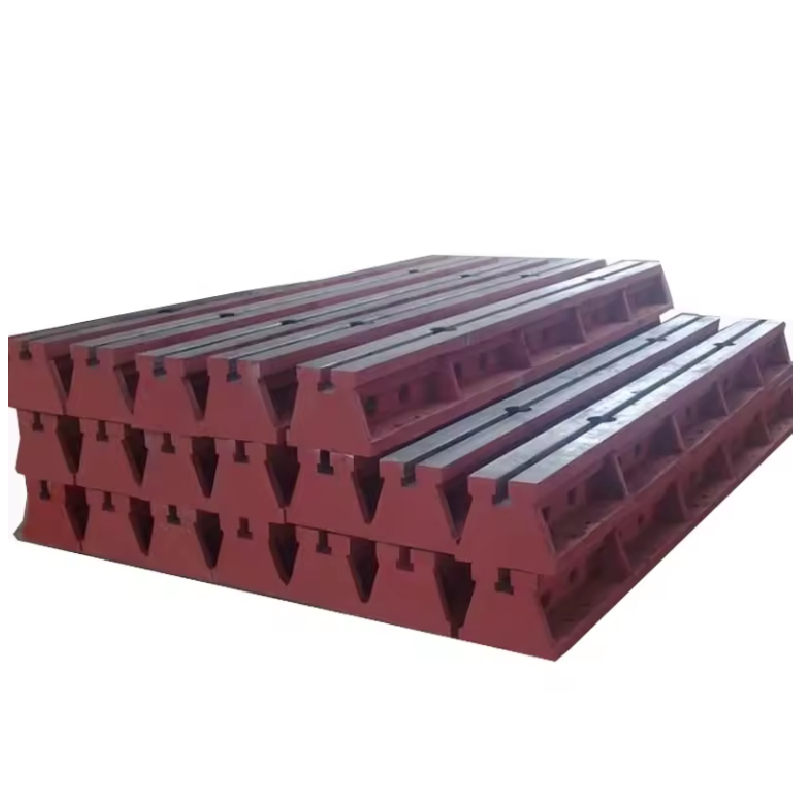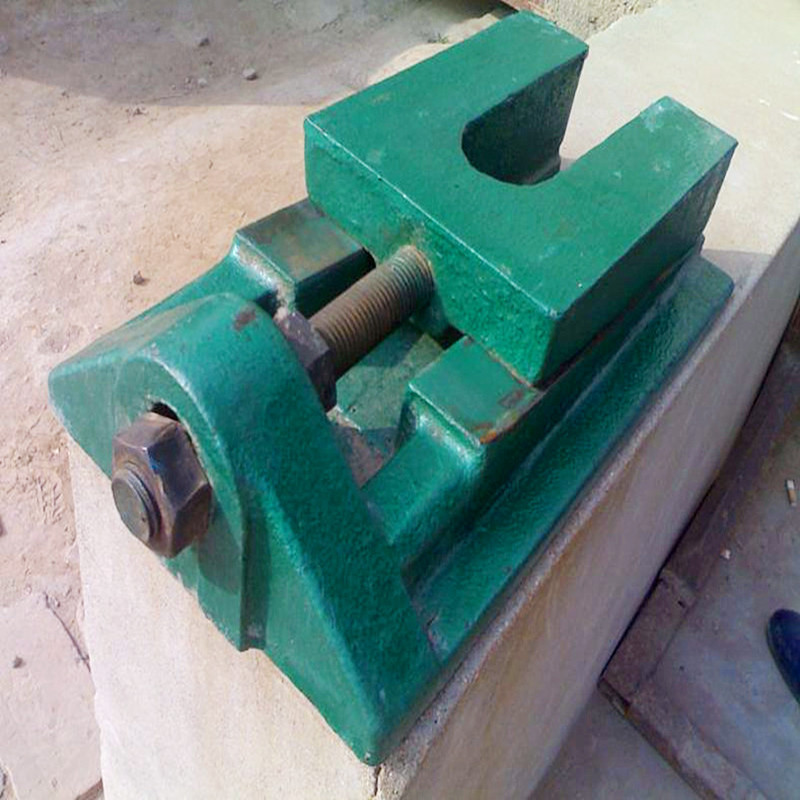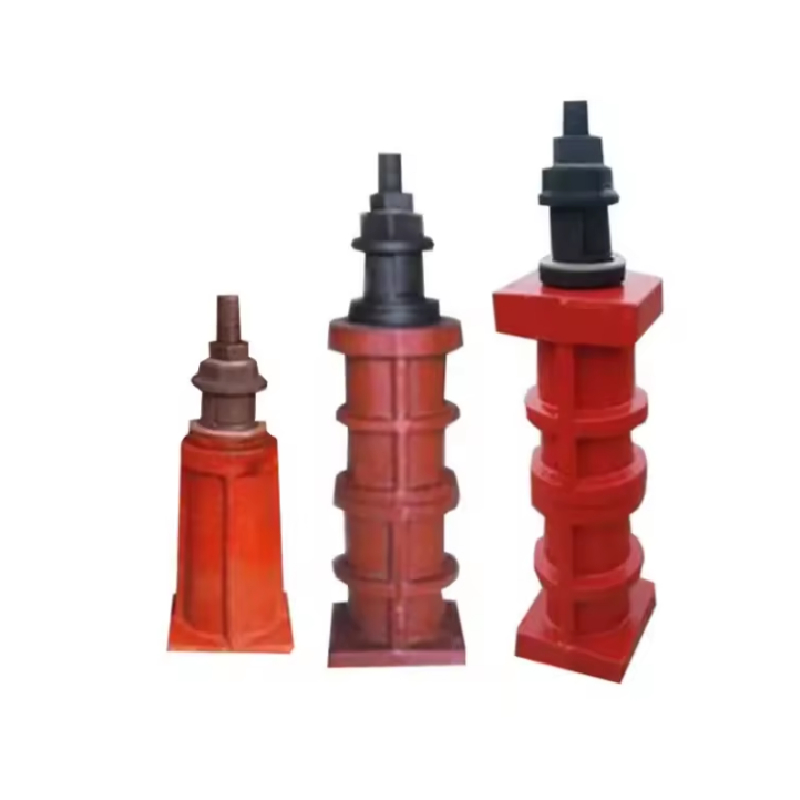Jul . 21, 2024 01:17 Back to list
Exploring the Various Categories and Functions of Control Valves in Industrial Applications
Three Types of Control Valves An Overview
Control valves are essential components in various industrial processes, responsible for regulating fluid flow, pressure, temperature, and other critical parameters. These valves act as mechanical devices that adjust the flow of fluids by opening, closing, or partially obstructing passageways. Among the many types of control valves available, three predominant categories stand out globe valves, ball valves, and butterfly valves. Each type has unique characteristics, advantages, and applications.
1. Globe Valves
Globe valves are one of the most widely used types of control valves. They feature a spherical body with an internal baffle that allows for smooth flow regulation. The design of globe valves makes them particularly effective for throttling service, which is crucial in situations where precise control over flow rate is necessary. The movable disk element can be positioned to change the size of the flow passage, thus regulating the flow direction and velocity.
One of the primary advantages of globe valves is their excellent flow control capabilities. Their ability to maintain a stable flow in a wide range of operating conditions makes them ideal for applications in steam, water, and oil systems. However, they can also experience a significant pressure drop due to their design, which can lead to energy losses in the system.
2. Ball Valves
Ball valves are known for their quick operation and minimal pressure drop, characterized by a spherical disc (the ball) that controls flow. When the ball is rotated, the hole through the ball aligns with the flow path, allowing fluids to pass, or it can rotate to a position that blocks the flow completely. This design offers a reliable and effective method for on/off control, and it is especially suitable for high-flow applications.
three types of control valves
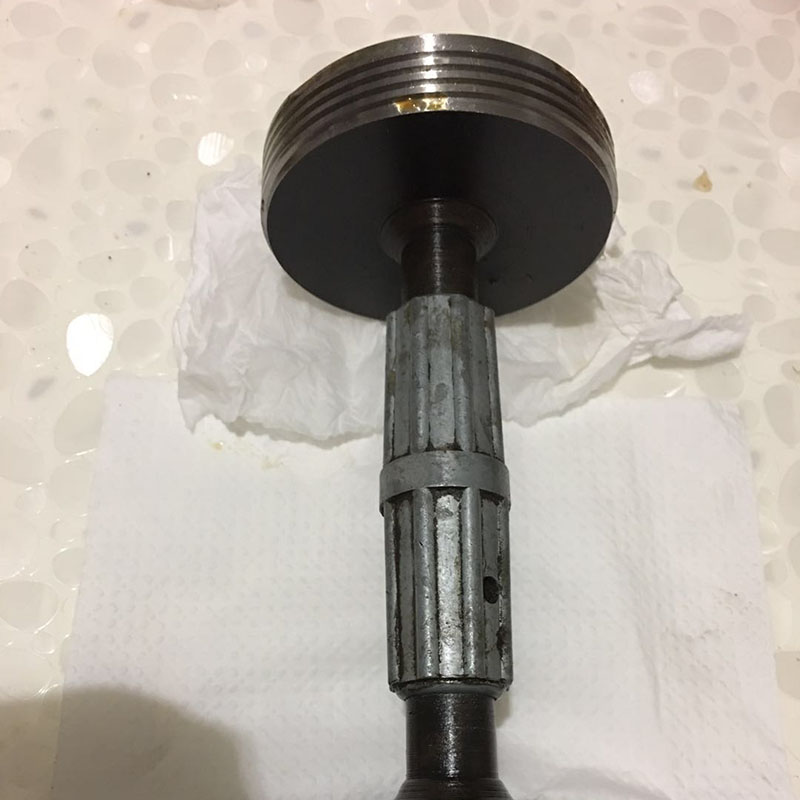
One of the significant advantages of ball valves is their durability and low maintenance requirements. They can handle high pressures and temperatures, making them versatile for various industrial applications, including water treatment, oil and gas, and chemical processing. However, while ball valves excel in on/off control, they are not typically designed for throttling applications, as partial closure can lead to valve damage and affect performance.
3. Butterfly Valves
Butterfly valves are distinguished by their simple and compact design, consisting of a rotating disc that is mounted on a shaft. These valves are ideal for applications requiring quick operation and minimal space, as they can be opened or closed with a quarter turn of the handle. Butterfly valves are suitable for both on/off and throttling applications, making them particularly versatile in numerous industries.
The lightweight design of butterfly valves allows for easy installation and maintenance, and they are commonly used in water distribution systems, HVAC applications, and wastewater treatment. However, while they are efficient for regulating flow, butterfly valves may not offer as precise control as globe valves in throttling scenarios. Their performance can be affected by factors such as fluid velocity and pressure, especially in larger sizes.
Conclusion
In summary, control valves are vital in managing fluid flow within various industrial processes, and understanding the differences between the three main types—globe valves, ball valves, and butterfly valves—can help engineers select the right valve for specific applications. Globe valves excel in precise throttling, ball valves provide efficient on/off control, and butterfly valves offer space-saving versatility. Choosing the appropriate valve type can enhance system performance, reduce energy costs, and ensure operational efficiency in fluid handling processes. As industries continue to evolve, the role of control valves will remain integral to achieving reliable and efficient operations.
-
Y Type Strainer Maintains System Efficiency Long TermNewsJul.15,2025
-
Valve Selection Guide for Industrial ApplicationsNewsJul.15,2025
-
Steel Fab Table Provides Durable Work Surface for WeldingNewsJul.15,2025
-
Pad Iron Provides Stable Support for Heavy MachineryNewsJul.15,2025
-
One Inch Check Valve Fits Standard Plumbing SystemsNewsJul.15,2025
-
Measuring Micrometer Ensures Precise Dimensional AccuracyNewsJul.15,2025
Related PRODUCTS


